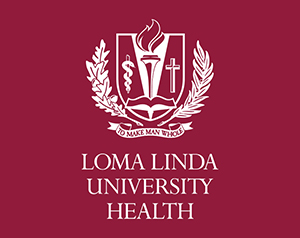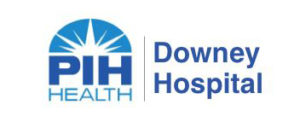Feature
Algorithms at the Bedside
Nurses, artificial intelligence and machine learning

Every morning, the nurses in the Heart Rhythm Center at Cedars-Sinai’s Smidt Heart Institute take shift reports from a partner that isn’t human: a cardiac monitoring system powered by artificial intelligence (AI).
The AI’s morning report is based on heart rhythm data gathered during the night through patients’ implanted pacemakers and defibrillators.
While electrical devices for cardiac pacing and rhythm control are not new, the way the data are collected and examined is.
Using remote monitoring and machine learning systems that continuously analyze each patient’s heart rhythm, the machine automatically flags possible life-threatening abnormalities.
Useful, but Not Perfect
Hyun Joo Lee, RN, BSN, MBA, clinical operations manager of the Smidt Heart Institute, says the nurses who work with this technology regard the AI monitoring system as a valuable aide. She emphasizes that it is not a replacement for human clinical judgment.
“The AI algorithm is not perfect,” Lee explains. If the AI flags something, she says, “it could be what we call ‘noise’ or other factors, so our job is to do the first screening. If the machine states that the patient has atrial fibrillation (AF), the nurse has to look at it and ask, ‘Is it truly AF, or is it just noise?’ Our role is very important.”
The nurses at the Heart Rhythm Center are all highly trained certified cardiac device specialists, but as healthcare AI becomes more common, checking the machine’s work like this may become part of the daily routine for many nurses.
What is Artificial Intelligence?
“AI is fancy math,” says Karl Haviland, chief technology officer for the AI company Nearly Human. “The computer is really good at taking large sets of information in a way that a person isn’t.”
The types of AI now used in healthcare are machine learning (ML) algorithms: mathematical models that can be “trained” to recognize numbers, text and even images. Algorithms like these can learn to detect aberrations or the lack thereof, which makes them well-suited for time-consuming tasks like reviewing EKG data.
“Fast physicians can read maybe 100 EKGs per day, depending on how busy they are,” notes Lee. “The machine can now read 100,000 EKGs in one hour.” (She adds that it is still important for physicians to validate the machine’s findings.)
Stephanie Frisch, RN, MSN, Ph.D., a postdoctoral scholar at the University of Pittsburgh School of Medicine who was first introduced to AI in the emergency department about seven years ago, has seen firsthand how use of these models can help to improve care.












